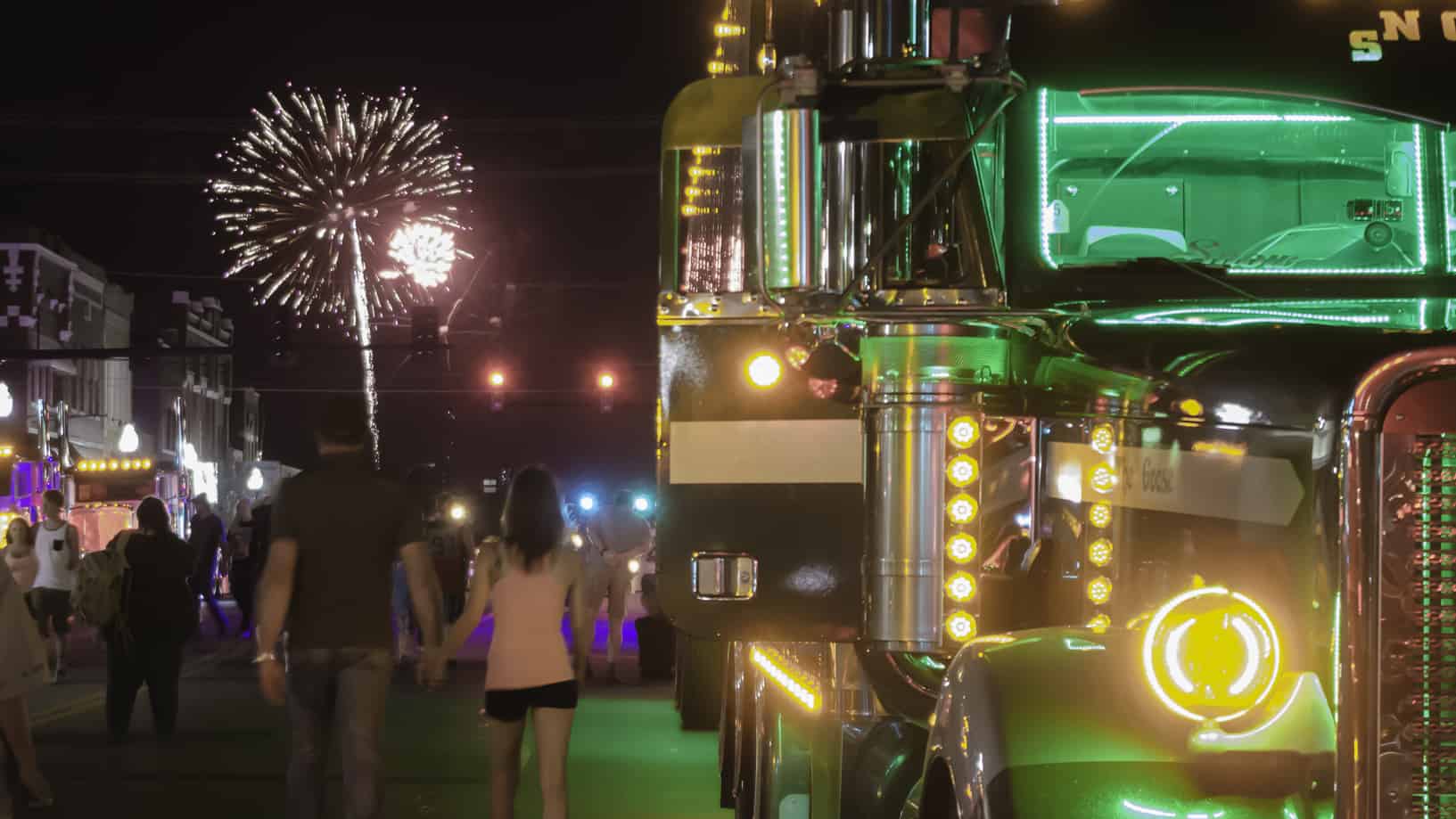
A four-day long Fourth of July weekend is upon us, allowing millions of Americans to travel around the country, with most of them taking to the highways on long journeys with their families. Though this has become a staple celebratory affair in the U.S. around this part of the year, it is vital for the trucking sector to notice the safety risks that get stacked up due to the additional vehicles on the road.
A recent travel forecast suggested that nearly 49 million people would be traveling this weekend, with roughly 85 percent of them doing so by road. This means that the numbers have increased by 4.1 percent compared to last year, which is further buoyed by the cheaper fuel prices year-on-year, as the national gas price average stands at $2.66 per gallon – 19 cents less than last year’s Independence Day.
The National Safety Council (NSC) paints a dreary picture regarding the casualties during this weekend. It predicts 565 deaths due to vehicle crashes, a 6 percent increase from the 529 fatalities in 2017.
“From a commercial vehicle standpoint, I think we do see a downturn over the Fourth of July weekend for some verticals, but then you’ve got other companies that service hotels – like the food industry or the ice industry, making it a busy weekend for them,” said Jason Palmer, the COO of SmartDrive.
Palmer explained that traffic congestion during this weekend was inevitable and that the primary driving risk during this time is distracted driving from passenger vehicles. “You’ve got a family in the car – they’ve got their phones, they’re going someplace that they don’t know and are thus using navigation. All those things work in a way to distract the driver and increase the risk for commercial vehicles that are operating in that congested environment of distracted drivers,” he said.

Accidents happen with momentary lapses in concentration, with instances where vehicles stray from their lane and often sideswipe a commercial vehicle moving in the next lane. Commercial drivers also risk encountering intoxicated and/or fatigued drivers behind the wheel. Analysis from the Fourth of July weekend in 2017 showed that 39 percent of the fatalities involved intoxicated drivers.
“People taking long trips and driving for extended periods of time are fatigued, and this is a situation that they normally are not in. This creates an unsafe situation on the road,” said Palmer.
To prevent mishaps, fleets can send out generic alerts indicating the circumstances that could increase driving risks, forewarning drivers to be safe. Fleets can also utilize technology to help their drivers stay vigilant on the roads. Investing in active safety systems like blind spot detection technology can help drivers see the environment around the vehicle better.
For instance, blind spot detection cameras can identify vehicles that are not staying within their lanes, and can assist fleet drivers to make the decision to switch lanes or slow down to avoid a crash. “With this extra visibility around the vehicle, I can see vehicles down my left side more clearly. If I’m in the middle lane and if the concerned vehicle is in the fast lane, I can make a decision as an operator to move into the far right lane or slow down to let that vehicle pass me, just as a precautionary measure,” said Palmer.










